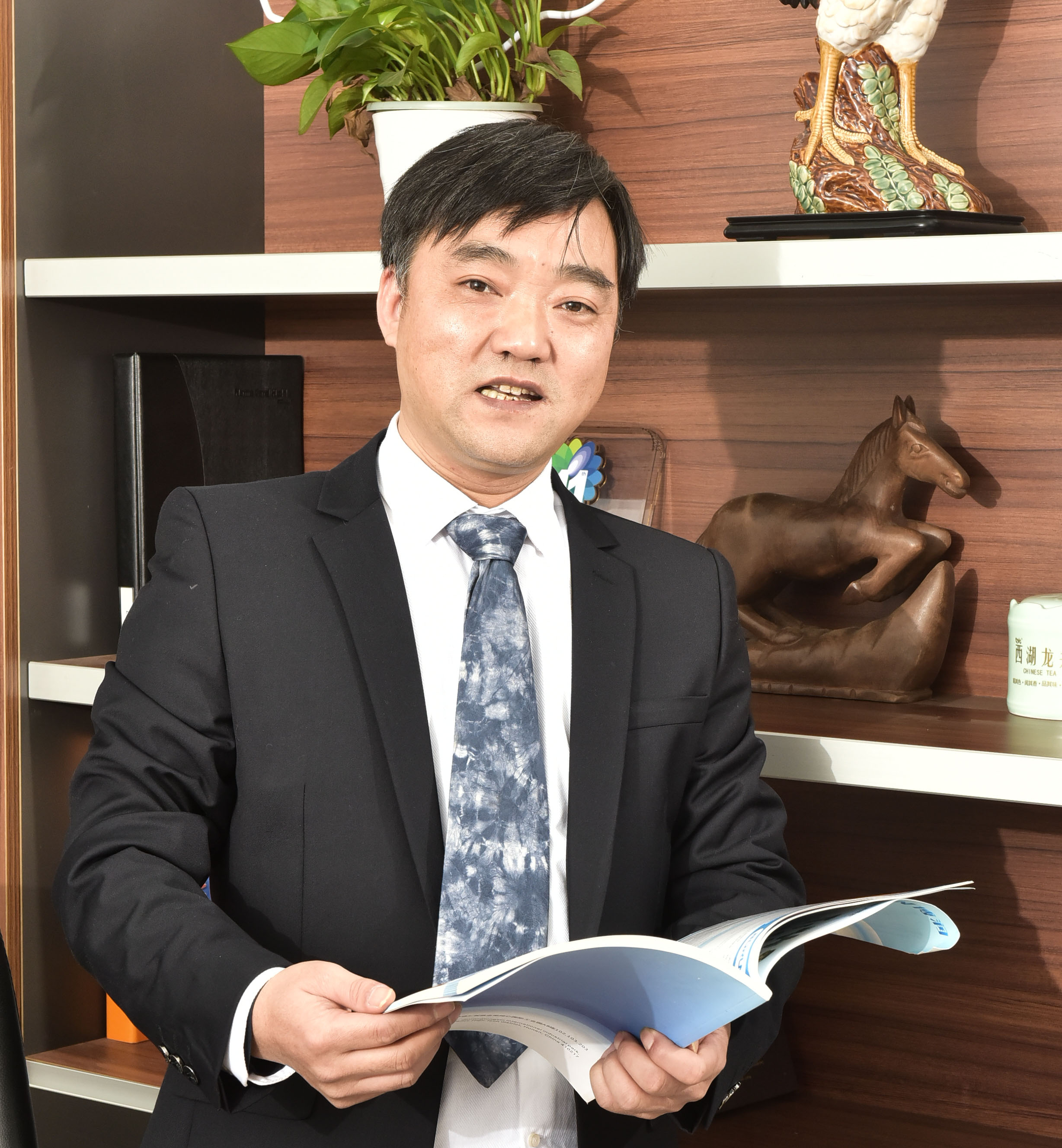
Mr. Tony
Leave a message
Mr. Tony
Leave a messageIn recent years, with the rapid advancement of science and technology, new materials have been continuously introduced, and the requirements for processing and processing of materials have been continuously improved. Electroless Ni-P alloy composite heat treatment is one of the most promising treatment technologies. The electroless Ni-P alloy composite heat treatment combines the heat treatment process with the electroless Ni-P alloy treatment technology to excavate the material potential to a greater extent, so that the parts can obtain excellent performance that cannot be achieved by a single process. This development direction is one of the important directions for China to develop and improve China's heat treatment process technology before 2010 and to narrow the gap with advanced national heat treatment.
1 Electroless Ni-P alloy plating and its basic principle
The electroless plating method is a processing technique that is easy to operate, has low requirements on equipment, and is suitable for any complicated shape workpiece. The most widely studied and applied one is electroless Ni-P alloy plating. It has high hardness, wear resistance, excellent corrosion resistance and good brazing performance, uniform coating and high smoothness, and the coating is firmly bonded to the substrate. Therefore, it has received extensive attention at home and abroad and has extended to many application fields.
The basic principle of electroless Ni-P alloy plating is currently accepted by most people as atomic hydrogen state theory, which is divided into several steps:
(1) When the plating solution is heated, dehydrogenation is carried out in the aqueous solution by the hypophosphite to form a phosphite, and at the same time, the nascent atomic hydrogen is released, that is:
(2) The nascent atomic hydrogen adsorption catalyzes the metal surface to activate it, reduces the nickel cations in the plating solution, and deposits metallic nickel on the catalytic metal surface, namely:
(3) With the decomposition of hypophosphite, it is reduced to phosphorus, namely:
(4) A nickel atom and a phosphorus atom are co-deposited to form a Ni-P solid solution.
The hypophosphite can form an active hydrogen atom under the action of a catalyst, which reduces nickel ions to metallic nickel. At the same time, the active hydrogen atom also reduces the hypophosphite to form elemental phosphorus, and thus the obtained coating is Ni-P. Alloy solid solution. The deposited nickel has an autocatalytic effect, so that the redox reaction is continuously performed, so that the Ni-P layer is continuously thickened. Theoretically, the thickness of the plating layer is proportional to the reaction time.
It can be seen from the reaction that the active hydrogen atoms accompanying the reaction are adsorbed on the surface of the catalyst and a large amount of hydrogen is precipitated (side reaction), so that hydrogen is intercalated in the plating layer, so that the plating layer has large internal stress and hydrogen embrittlement, and the plating layer exhibits a large thickness. On the other hand, when the phosphorus content is high, the plated structure forms an amorphous state, which increases the brittleness of the plating layer and weakens the bonding force between the plating layer and the substrate. It is for these reasons that a composite treatment technique of electroless Ni-P alloy and heat treatment has emerged.
2 post-plating heat treatment strengthening principle
2.1 Plating microstructure and properties of electroless Ni-P alloy
According to the data, the plated structure of the electroless Ni-P alloy is ŌĆ£cauliflower-likeŌĆØ or ŌĆ£cell-likeŌĆØ, and the plating thickness is uniform. XRD analysis showed that the diffraction peak of the coating with higher phosphorus content was a "mountain"-like dispersion diffraction peak, indicating that the plated structure is a typical amorphous state. And its structure has a tendency to change from a crystalline state of amorphous microcrystals as the phosphorus content decreases. The internal stress of the coating is tensile stress.
The coating has good corrosion resistance. For most of the corrosive media except for a few kinds of media such as nitric acid and ferric chloride, such as sulfuric acid, hydrochloric acid, hydrofluoric acid and sodium hydroxide, the corrosion resistance is the number of 1Cr18Ni9Ti stainless steel. Times. The coating has a certain hardness, which is HV520-580, which can be greatly improved after heat treatment. It has good lubrication and anti-friction performance. It has a friction coefficient with steel (no lubrication) of 0.38 and a self-friction coefficient of 0.05. After electroless plating, the surface of the workpiece remains substantially the original finish, and the plated parts do not need to be processed, which is especially suitable for parts with complicated shapes. However, due to the brittleness of the amorphous alloy, the hydrogen generated by the hydrogen evolution reaction and the inclusions generated by the foregoing, the internal stress of the coating is large, and the bonding force of the matrix is weakened, and the comprehensive performance needs to be improved.
Next page
Changsha Borun Mould Co. Ltd.
Business Type:Manufacturer
Product Range:Moulds
Products/Service:Hot runner nozzle , Ejector Sleeve , Die Springs Series , Non-standard Precision Parts , Standard Components for Plastic Mold , Hot runner components
Certificate:ISO9001
Company Address:Room 203 , 102 & 103, A8 Building, Jinrongtongxin international industrial park, Huizhi Rd., Leifeng town, Lu-Valley High-tech district, Changsha, Hunan, China
Previous: In 2020, domestic storage capacity will break 53GW